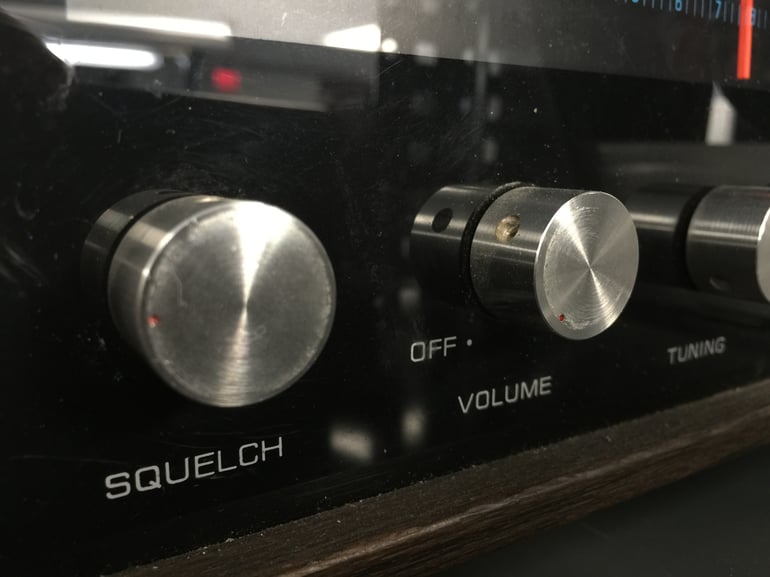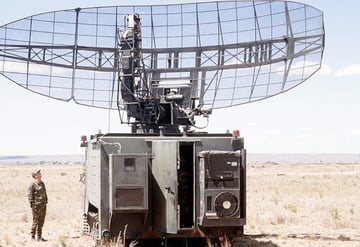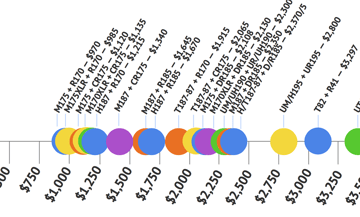- Products
- All Products
- RF PA Extension Kit
- Wireless Microphone Upgrade Packs
- In-Ear Monitor Upgrade Packs
- Wireless Microphone Antennas
- Wireless In-Ear Monitor Antennas
- Antenna Distribution for Microphones
- Antenna Combiners for In-Ear Monitors
- Multi-Zone Antenna Combiners
- Spectrum Tools
- Accessories, Cables and Parts
- Solutions by Venue
- Resources & Training
- Performance Tools
- About Us

Wireless microphones are designed with squelch circuits to mute audio when the receiver loses or cannot find the transmitter’s signal. Squelch circuits are necessary because receivers (especially analog ones) try and demodulate anything they can, including waves that make up the noise floor and interfering signals. In the absence of squelch, receivers would send a hellish, screeching static into the PA during dropouts or when the transmitters were off—possibly destroying speakers along with the tympanic membranes of everyone in the audience.
There are different methods of squelching noise, and most receivers offer the opportunity to adjust the squelch setting in some way, although for the average user no adjustment is usually necessary if you are using the supplied whip antennas. However when you setup an antenna distribution system and include directional antennas you will likely benefit from re-adjustment to match the new system gain structure.
The simplest mutes the audio if the RF signal strength drops below a certain level. This works relatively well, but is far from fool-proof. Such a circuit does not consider any characteristic of the signal other than strength, and can be tricked into opening audio on noise signals that are above the threshold. This type of squelch gets more reliable the higher the threshold is set, but sacrifices operating range for reliability.
Most modern receivers determine squelch using more intelligent methods.
One is to evaluate the frequency of the audio in the demodulated signal. Since a signal arriving from a microphone will not include any high frequencies, if the receiver detects anything above 16-20 kHz, it will assume the incoming RF is noise, not signal, and squelch it out.
Another is to include an audio “tone key” in the transmitted signal that is either above or below audible range. The receiver will squelch when it cannot locate the tone key. A tone key squelch can be fooled by rogue harmonics that approximate the tone key’s frequency or from other nearby microphone transmitters (used by someone other than you) that are also using tone keys.
In practice wireless systems may use a combination of these techniques and, overall, they do a very good job at muting noise without any input from the user. Gone are the days when squelch needed constant attention and noise seemed like just another part of the job.
Tag(s):
Alex Milne
Alex Milne was Product Marketing Manager and Digital Marketing Manager for RF Venue, and a writer for the RF Venue Blog, from 2014-2017. He is founder and CEO of Terraband, Inc., a networking and ICT infrastructure company based in Brooklyn, NY., and blogs on spectrum management, and other topics where technology,...
More from the blog
Subscribe to email updates
Stay up-to-date on what's happening at this blog and get additional content about the benefits of subscribing.




